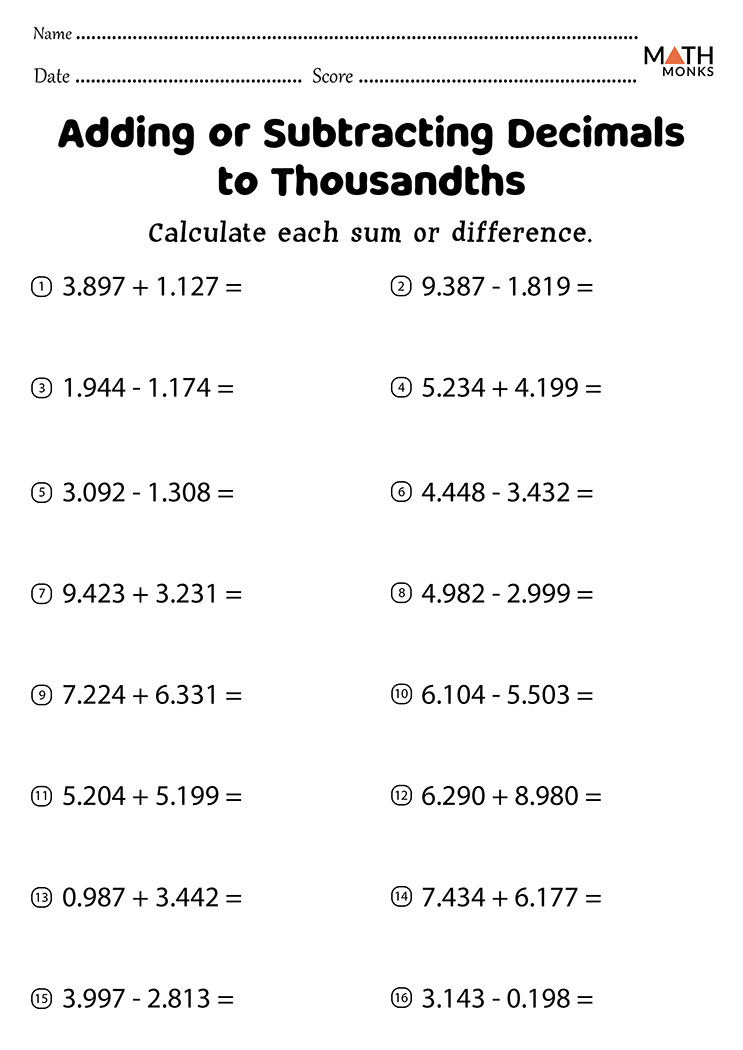


Ignore the whole numbers for a moment, and focus on the fraction parts.
#Adding and subtracting mixed fractions calculator how to
Are you starting to feel a bit of brain freeze, too?Īfterward, we’ll discuss how to make the problem simpler… As you read through the steps, pay attention to your own emotional reaction. I will go through the calculation one bite at a time, so you can see just how much a student must remember. A mixed-number calculation like this is an intricate dance that can seem overwhelming to a beginner. Too often, we adults (homeschoolers and classroom teachers alike) don’t appreciate how very complicated an operation we are asking our students to perform. The mother says, “To me, this is an easy problem” - and that itself is one source of trouble. The boy seems to have the basic concept of subtraction down, but he gets flustered and is unsure of what to do in the more complicated mixed-number problems. I am not sure that manipulatives are needed or helpful in this case. Several homeschooling parents replied to this question, offering advice about various fraction manipulatives that might be used to demonstrate the concept. It is even worse when the math book moves on to. To me, this is an easy problem, but he can’t grasp the concept of borrowing from the whole number. “Help me teach fractions! My son can do long subtraction problems that involve borrowing, and he can handle basic fraction math, but problems like give him a brain freeze. Paraphrased from a homeschool math discussion forum:


 0 kommentar(er)
0 kommentar(er)
